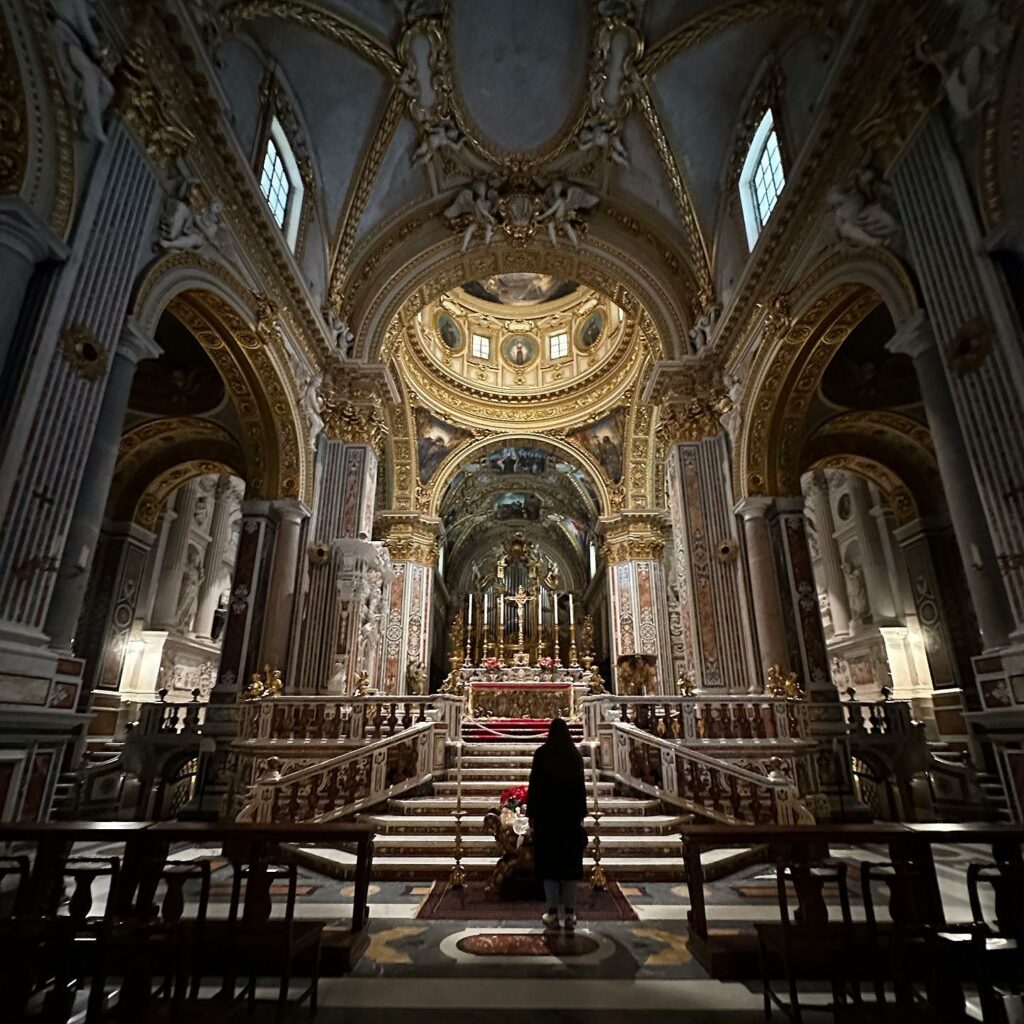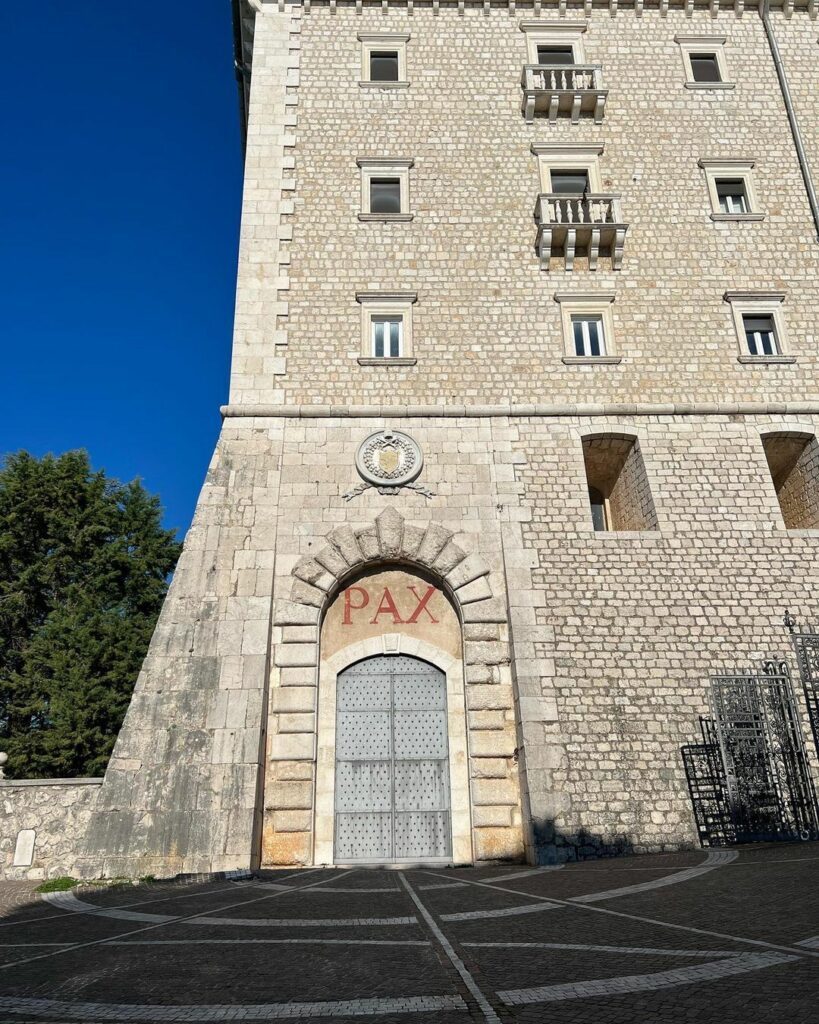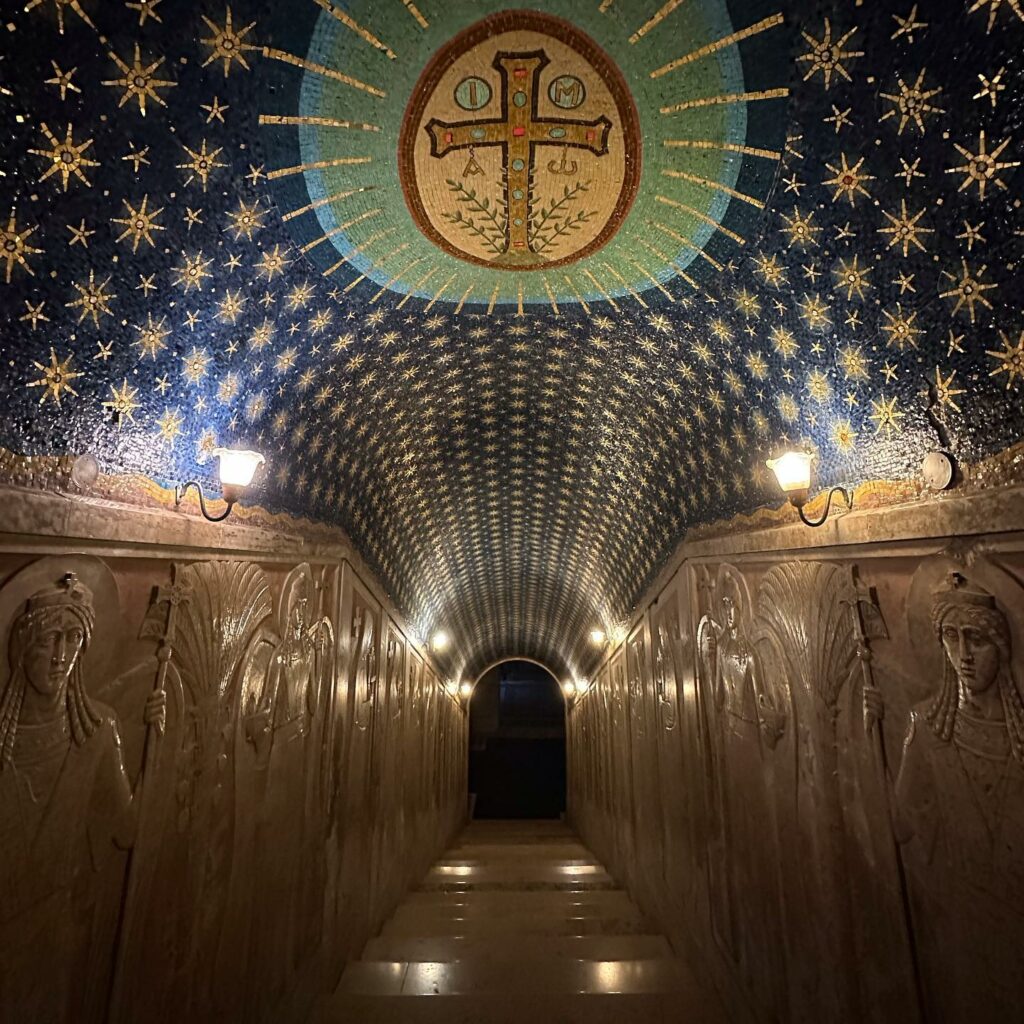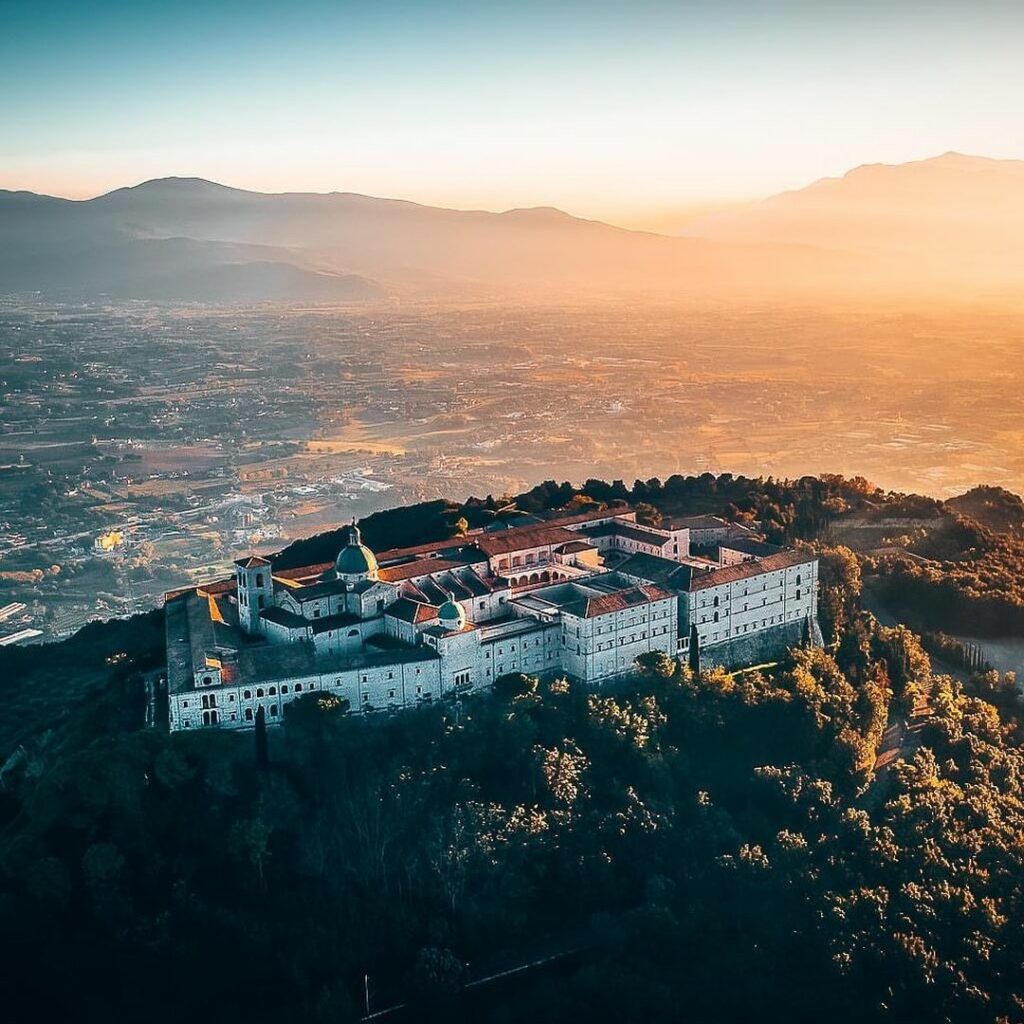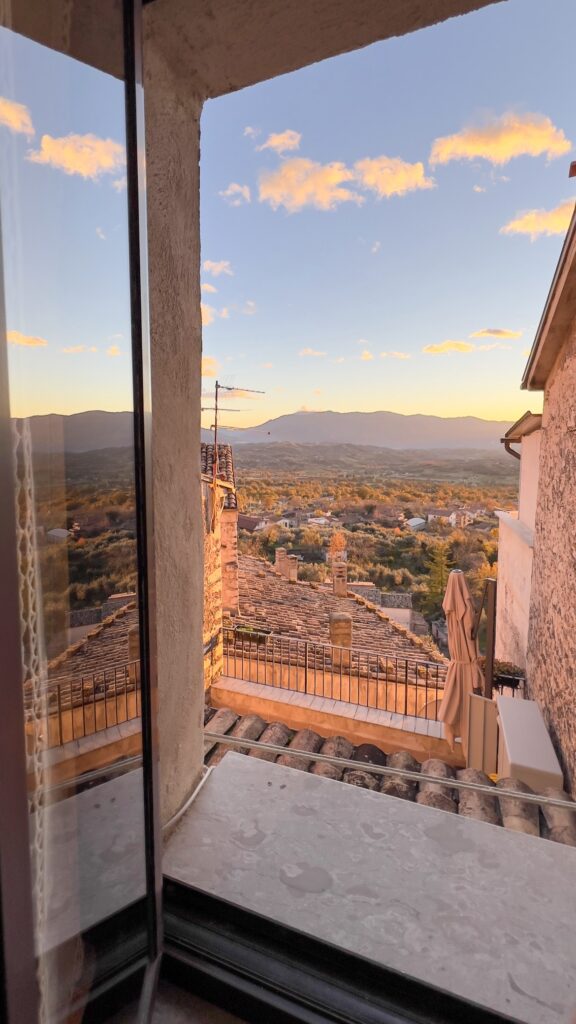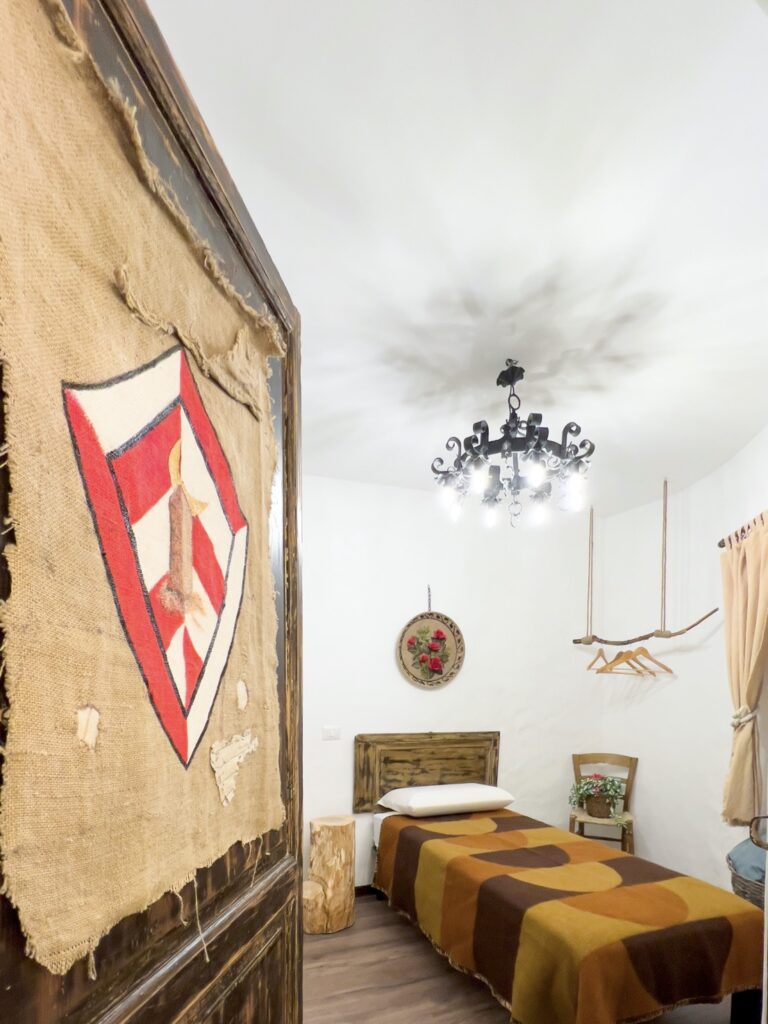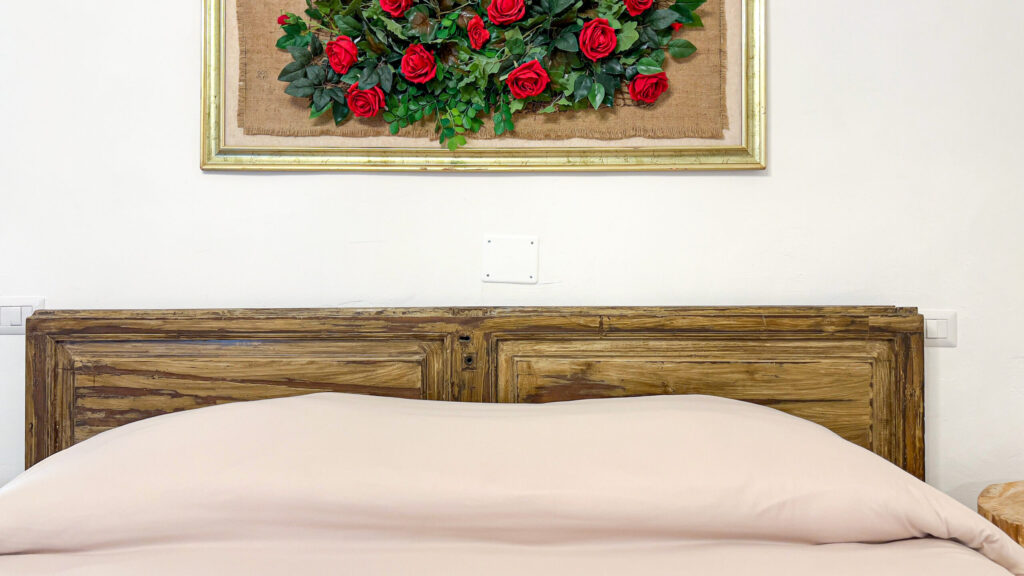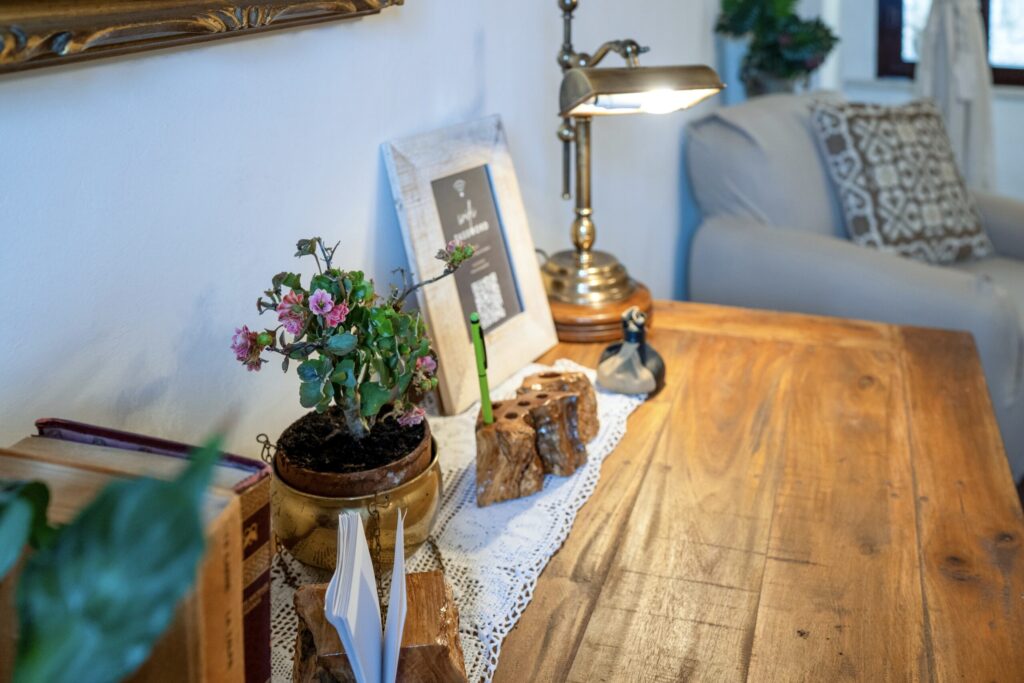
Close

The Abbey of Montecassino is one of the most important and historic places in Italy, located on Mount Cairo at 519 meters above sea level.
ADDRESS
Via Montecassino, Cassino (FR)
ACCESSIBILITY
By car
DISTANCE
37km
Its foundation dates back to 529 by San Benedetto da Norcia, who settled in that remote place with other monks from Subiaco. The original structure was built on a previous Roman fortification and was intended to welcome the monks and transform the place into a center of Christian worship, despite the strong paganism present in the area.
Over the centuries, the Abbey of Montecassino was destroyed and sacked by the Lombards and Saracens, and suffered further damage due to a terrible earthquake in 1349. During the Second World War, the structure was completely razed to the ground by bombing, but it was subsequently rebuilt using the surviving marbles.
Saint Benedict spent his life dedicating himself to the needy and preaching hospitality, and here he wrote his famous Rule, with the vows of chastity, poverty, obedience and the obligation to work. This principle is the basis of Benedictine monasticism, and the motto “ora et labora” is its most emblematic expression. The relics of Saint Benedict and his twin sister Scholastica are kept in the crypt below the main altar of the church.
The Abbey of Montecassino offers a unique experience for those who love art, history, culture and spirituality. Before entering the Basilica, you can visit three cloisters in succession: the entrance Cloister, where Saint Benedict prayed and died, the Bramante Cloister, which features a Paradise Loggia with a breathtaking view and the Benefactors’ Cloister, with porticoes which host 24 statues of Popes, Saints and Kings important in the history of the Abbey.
The Basilica of Santa Maria Assunta and San Benedetto was entirely rebuilt after the war according to the architectural and decorative canons of the seventeenth and eighteenth centuries and was consecrated in 1964 by Pope Paul VI. The interior is characterized by a Latin cross plan with a triumph of gold, marble, curls and evolved. The central nave is wider and higher than the other two, and has four side chapels.
